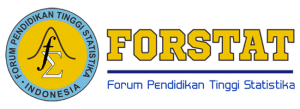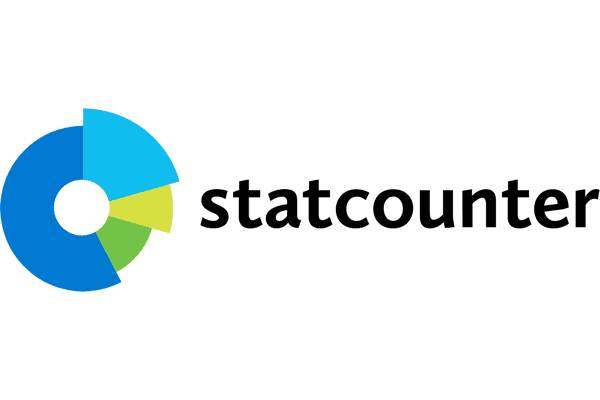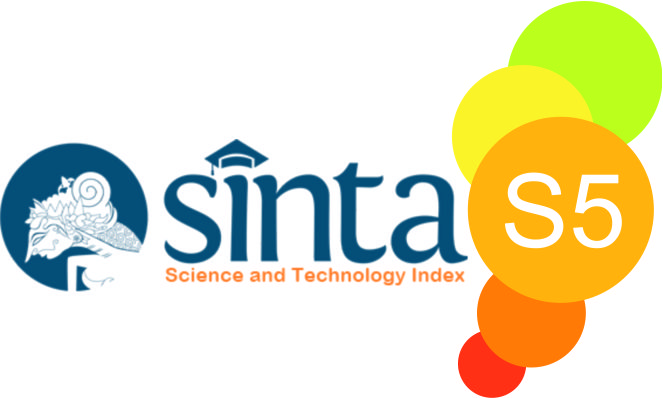Kendali Optimal pada Penyebaran Penyakit Covid-19 berdasarkan model SIVRS
(1) Universitas Nahdlatul Ulama Al Ghazali Cilacap
(2) Universitas Nahdlatul Ulama Al Ghazali Cilacap
(3) Universitas Nahdlatul Ulama Purwokerto
(*) Corresponding Author
DOI: https://doi.org/10.35580/jmathcos.v6i2.51735
Abstract
Full Text:
PDFReferences
Bhih A. E., Benfatah Y., Kouidere A. dan Rachik M., 2020, A Discrete Mathematical Modeling of Transmission of Covid-19 Pandemic using Optimal Control, Commun. Math. Biol. Neurosci, 75, 2052-2541.
Khajji. B., Kada. D., Balatif. O. dan Rachik. M., 2020, Amulti-region discrete time mathematical modeling of the dynamics of Covid-19 virus propagation using optimal control, Journal of Applied Mathematics and Computing, 64:255–281.
Kouidere A., Khajji B., Bhih A E., Balatif O. dan Rachik M., 2020, A Mathematical Modeling with Optimal Control Strategy of Transmission of Covid-19 Pandemic Virus, Commun. Math. Biol. Neurosci, 24: 2052-2541.
Kouidere A., Youssoufi. L. E., Ferjouchia. H dan Balatif. O., 2021, Optimal Control of Mathematical modeling of the spread of the COVID-19 pandemic with highlighting the negative impact of quarantine on diabetics people with Cost-effectiveness, Chaos, Solitons and Fractals, 145.
Kouidere A., Balatif. O. dan Rachik. M.,2023, Cost-effectiveness of a mathematical modeling with optimal control approach of spread of COVID-19 pandemic: A case study in Peru, Chaos, 10, Solitons & Fractals: X.
Ningtias. T. H. A (2017). Kontrol Optimal pada Model Penyebaran Virus Hepatitis B dengan Vaksinasi dan Pengobatan (Skripsi). Universitas Brawijaya. Malang.
Perko, L. (2001). Differential Equations and Dynamical Systems. 3rd. New York: Springer
Ross, L. (1984). Differential Equations. 3rd. New York. Springer.
Widayati. R (2013). Pemodelan Matematika untuk Penyebaran Penyakit Flu Singapura (Hand, Foot And Mouth Disease) Berdasarkan Model SEIRS (Skripsi, tidak dipublikasikan). Universitas Negeri Yogyakarta. Yogyakarta.
Widayati R., 2023, Global Stability of Covid-19 Disease Free Based on Sivrs Model, Jurnal Matematika, Statistika dan Komputasi, Vol. 19, pp. 400-411.
Xu D., Xu X., Xie Y. dan Yang C., 2017, Optimal control of an SIVRS epidemic spreading model with virus variation based on complex networks, Commun Nonlinear Sci Numer Simulat, 48, 200-210.
Zhang L., Liu M. dan Xie B., 2021, Optimal control of an SIQRS epidemic model with three measures on networks, Nonlinear Dynamics, 103: 2097–2107.
Article Metrics
Abstract view : 126 times | PDF view : 0 timesRefbacks
- There are currently no refbacks.
Copyright (c) 2023 Journal of Mathematics Computations and Statistics

This work is licensed under a Creative Commons Attribution-NonCommercial-ShareAlike 4.0 International License.
Indexed by:

This work is licensed under a Creative Commons Attribution-NonCommercial-ShareAlike 4.0 International License.











